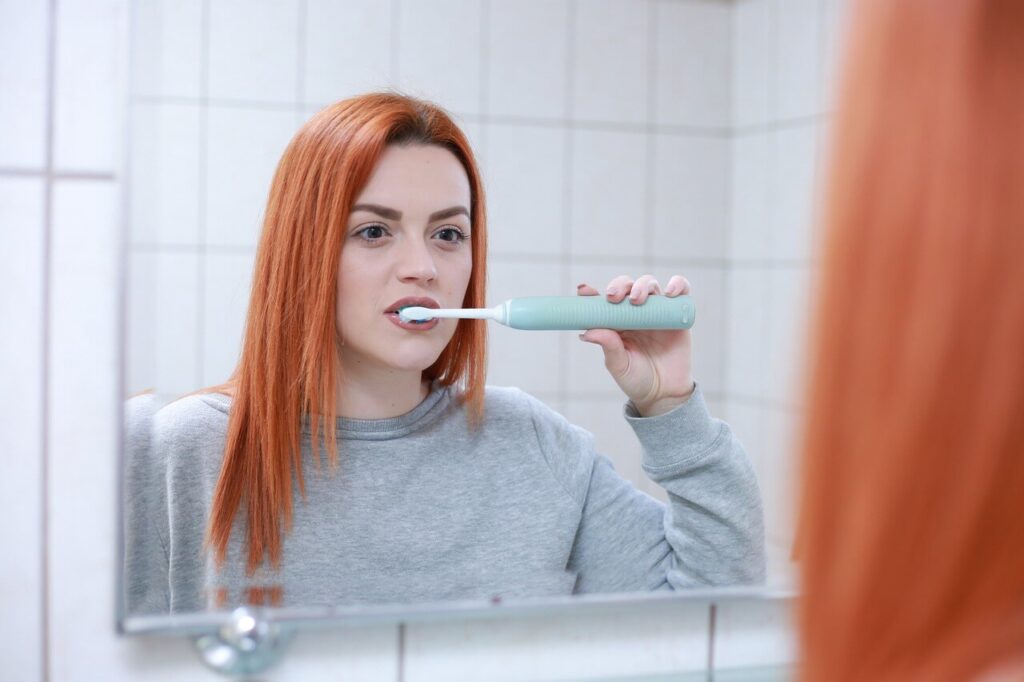
We use a variety of personal care products like soaps, toothpaste, shampoos, and cosmetics to cleanse and enhance our appearance as part of our daily routine every day. These products promise to make us feel clean, fresh, and beautiful. However, lurking behind the enticing scents and silky textures are a host of potentially harmful chemicals that are nothing less than slow poison for our health and the environment. In this article, we’ll explore the world of personal care products to study the impact of the harmful chemicals that often find their way into our daily regimen.
Parabens: the preservative predicament

Parabens are synthetic preservatives commonly used in personal care products to prolong shelf life and prevent the growth of bacteria and mould. They are found in a wide range of products, from shampoos and conditioners to moisturizers and makeup.
The concern with parabens lies in their potential to disrupt hormone function. These chemicals can mimic estrogen in the body, leading to endocrine disruption, which has been linked to various health issues, including breast cancer. Although research on parabens is ongoing, many individuals opt for paraben-free products to mitigate potential risks.
Phthalates: the fragrance fixative

Phthalates are a group of chemicals often used to enhance the longevity of fragrances in personal care products. They are also found in plastics and other consumer goods. Some studies suggest that certain phthalates may disrupt the endocrine system and have been associated with reproductive and developmental issues.
Phthalates can be particularly concerning when they make their way into products intended for babies and children. To reduce exposure, consumers can look for products labelled “phthalate-free” or choose fragrance-free options.
Sodium Lauryl Sulfate (SLS) and Sodium Laureth Sulfate (SLES): the lathering agents

SLS and SLES are surfactants commonly found in shampoos, body washes, and toothpaste. They create the foamy lather we associate with cleanliness. However, for some individuals, these chemicals can be harsh on the skin and scalp, leading to irritation and dryness.
While SLS and SLES are considered safe for most people when used as directed, those with sensitive skin may want to opt for sulfate-free products to minimize potential irritation.
Formaldehyde-releasing preservatives: the hidden dangers

Formaldehyde-releasing preservatives are used in cosmetics and personal care products to prevent bacterial growth and extend shelf life. While formaldehyde itself is a known carcinogen, these chemicals release small amounts of formaldehyde over time.
Exposure to formaldehyde-releasing preservatives can lead to skin sensitization and allergic reactions in some individuals. It’s essential to check product labels for ingredients like DMDM hydantoin, quaternion-15, and imidazolidinyl urea, which indicate the presence of formaldehyde-releasing agents.
Synthetic fragrances: The enigmatic ingredients

Many personal care products contain synthetic fragrances to impart a pleasant scent. However, these fragrances can be a source of concern because manufacturers are not required to disclose the specific ingredients that make up the fragrance blend.
For individuals with fragrance sensitivities or allergies, avoiding products with undisclosed fragrances is crucial. Opting for products labelled “fragrance-free” or “unscented” is a safer choice.
Petroleum-based ingredients: the occlusive agents

Petroleum-derived ingredients, such as mineral oil and petrolatum (petroleum jelly), are often used in moisturizers, lip balms, and hair products due to their occlusive properties. While these ingredients can help lock in moisture, they can also create a barrier that may clog pores and lead to skin issues, especially for those with acne-prone skin.
For those concerned about using petroleum-based products, consider choosing alternatives with natural oils like jojoba, argan, or coconut oil.
Silicones: the slippery slope

Silicone-based compounds, like dimethicone, are prevalent in cosmetics and hair care products because of their ability to create a silky, smooth texture and provide a protective barrier. While they are generally considered safe, some individuals may experience breakouts or irritation from these ingredients.
Silicone-free options are available for those who prefer to avoid these synthetic compounds in their personal care products.
Also Read: Fakes don’t kill brands; they kill businesses
Triclosan: the antibacterial agent

Triclosan is an antimicrobial agent commonly used in antibacterial soaps, toothpaste, and other personal care products. Concerns about triclosan stem from its potential contribution to antibiotic resistance and its environmental impact when it enters water systems.
In recent years, many manufacturers have phased out triclosan in response to consumer demand for safer alternatives.
Coal tar dyes: the colourful controversy

Coal tar dyes, often used in hair dyes and cosmetics, have raised concerns due to their potential to cause allergic reactions and their link to carcinogenicity. While the use of some coal tar dyes is regulated, it’s essential for consumers to be aware of the ingredients in their hair and cosmetic products.
Ethanolamines: the pH adjusters

Ethanolamines, such as diethanolamine (DEA), monoethanolamine (MEA), and triethanolamine (TEA), are used in personal care products as pH adjusters and emulsifiers. When these compounds come into contact with certain other ingredients, they can form potentially harmful compounds like nitrosamines, which are classified as probable carcinogens.
To minimize exposure to ethanolamines and their byproducts, consumers can choose products that are free of these ingredients.
Conclusion

While personal care products play a significant role in our daily routines, it’s crucial to be aware of the potential risks associated with the chemicals they contain. As consumers, we have the power to make informed choices by reading product labels, seeking out safer alternatives, and staying informed about emerging research on the safety of specific ingredients.
Ultimately, our health and well-being are of paramount importance, and by being proactive in our product choices, we can minimize exposure to harmful chemicals in our everyday soaps, shampoos, and cosmetics. Additionally, advocating for stricter regulations and transparency in the personal care industry can contribute to safer products for all consumers.

